(A version of this post first appeared in my free grape Wall newsletter. Sign up here.)
As citizens across China celebrated the Mid-Autumn Festival earlier this week, complete with the essential mooncakes, the mood was less festive in Ningxia as wine producers face arguably their biggest crisis to date.
The region has emerged as China’s top producer over the past dozen years and witnessed some record rainfalls this year, capped by a wet September that has meant mayhem for wineries.
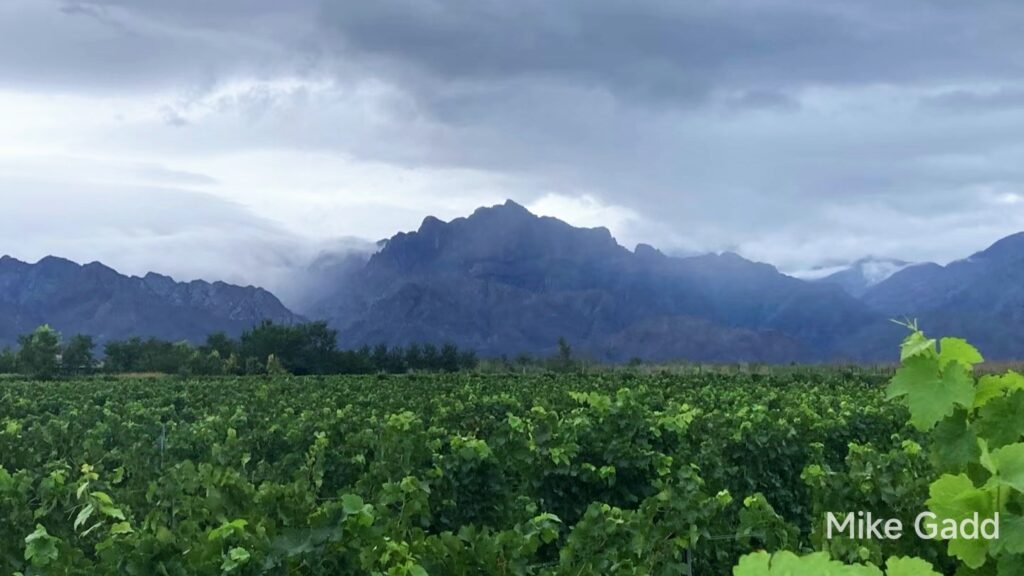
Consider a few comments from winemakers that I contacted to wish all the best for the holidays.
“The rain has complicated harvest. I can’t tell you how difficult harvest is this year.”
“Everything is wet, wet, wet. There is a lack of viticultural skills for this kind of season. This would even be tough for a good viticultural guy.”
“The weather is too difficult this year. The white varieties are okay but the rest are not so good. I can’t believe it has been raining for a month.
“In Ningxia, there is no mooncake. It’s a raincake.”
And it’s not just harvest delays causing the crisis but also increased disease, including of downy mildew, and decreased quality.
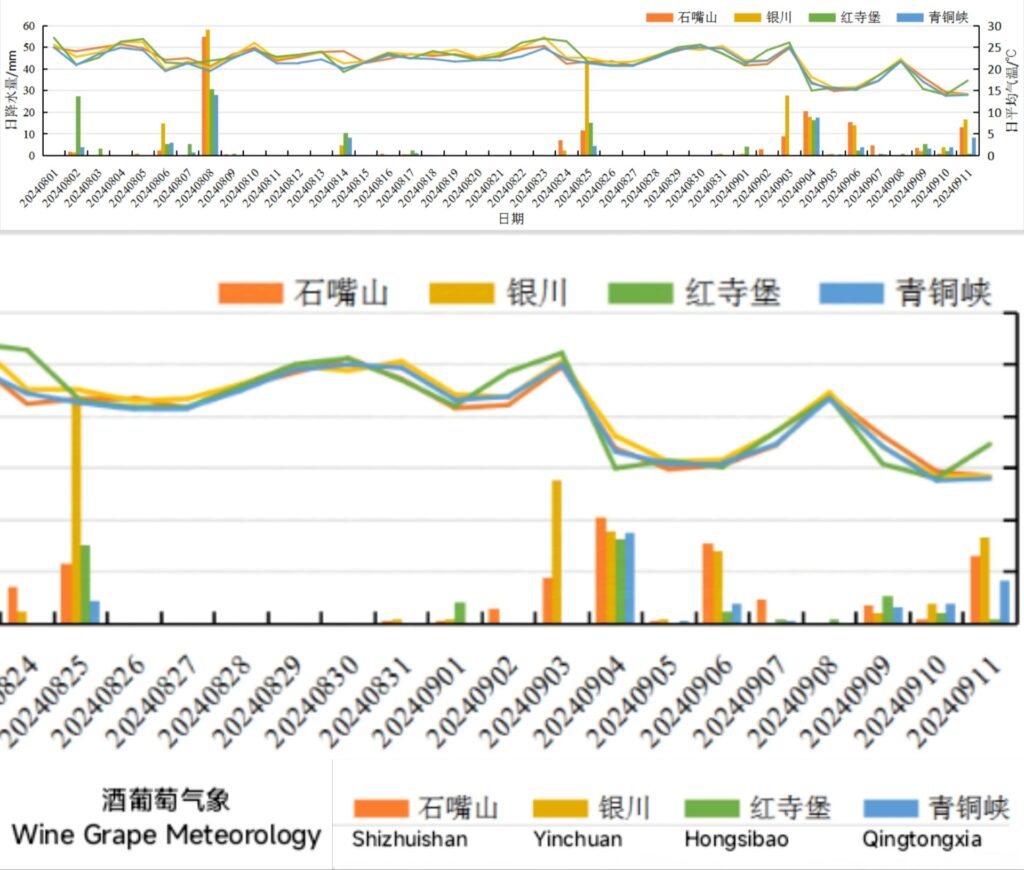
Rain of Terroir
Per WeChat channel Wine Grape Meteorology, precipitation in key Helan Mountain vineyard areas has ranged from 192.6 mm to 303.3 mm in 2024, which is up 36.9 mm to 148.6 year-on-year, with some areas beating records forty or more years old.
“In particular, there has been continuous rainy weather since August 31, with long rainfall durations, low temperatures and insufficient sunlight,” states the channel.
“According to the latest weather forecast, it is expected that the production area… will have a lot of precipitation in the next ten days. It is recommended that wineries strengthen field management, manage field drainage, improve leaf curtain ventilation and light access when necessary, and promote the accumulation of flavors and mitigate instances of disease in the wine grapes.”
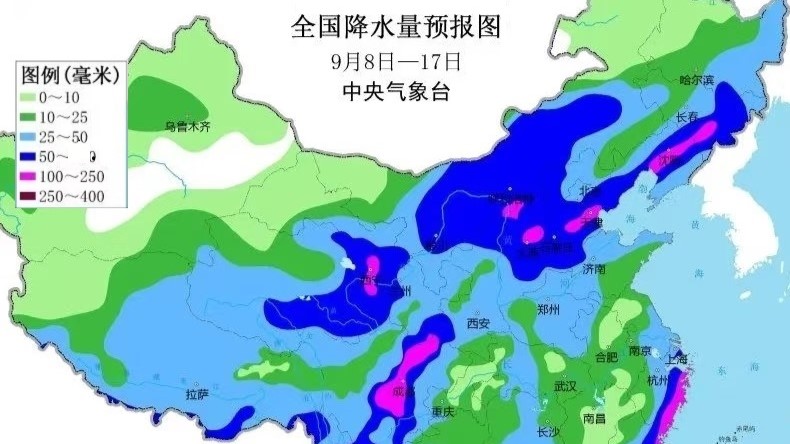
Dreary Forecast
It’s a desperate situation many winemakers there have never faced, and one that has indeed endured this week, although current forecasts show that sunnier drier weather is coming this weekend, which offers hope for salvaging at least part of the crop.
In two cases, people told me it is game over this year for them for Shiraz, one of the region’s most promising varieties, but they hope to get some decent fruity, notably Cabernet Sauvignon.
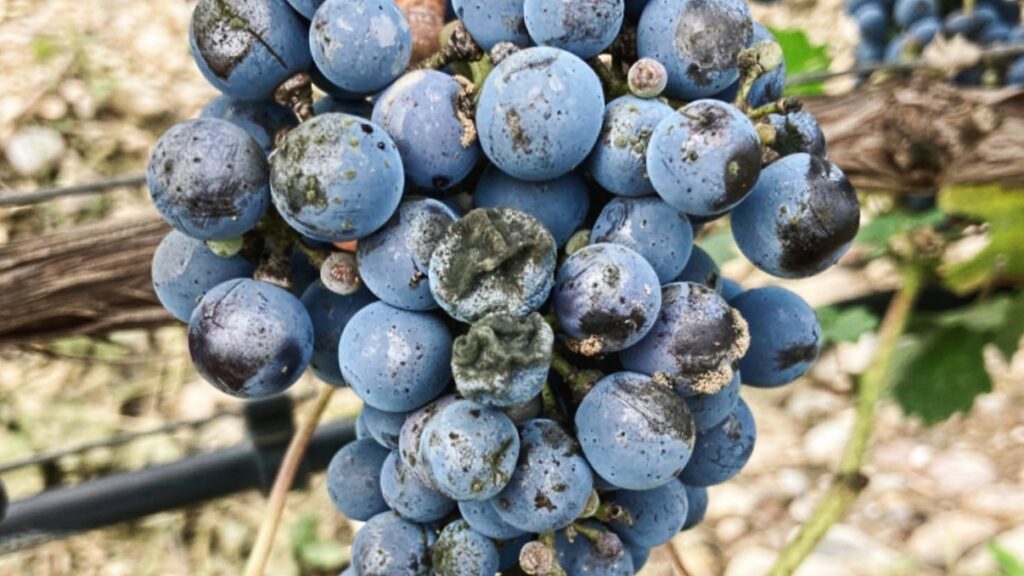
Sales Droughts
The rains come as Ningxia continues to pile up contest medals and high scores, and spend on high-profile initiatives like forums, festivals and tastings at major global events.
At the same time, China’s wine market is struggling. Estimated consumption is only about 30% of 2012. And hopes for relief abroad have seen modest results. Despite numerous missions by Ningxia producers to markets such as Singapore, Japan and France, and plenty of international exposure in general, exports totaled just RMB4.61 / USD640,000 in the first six months of this year.
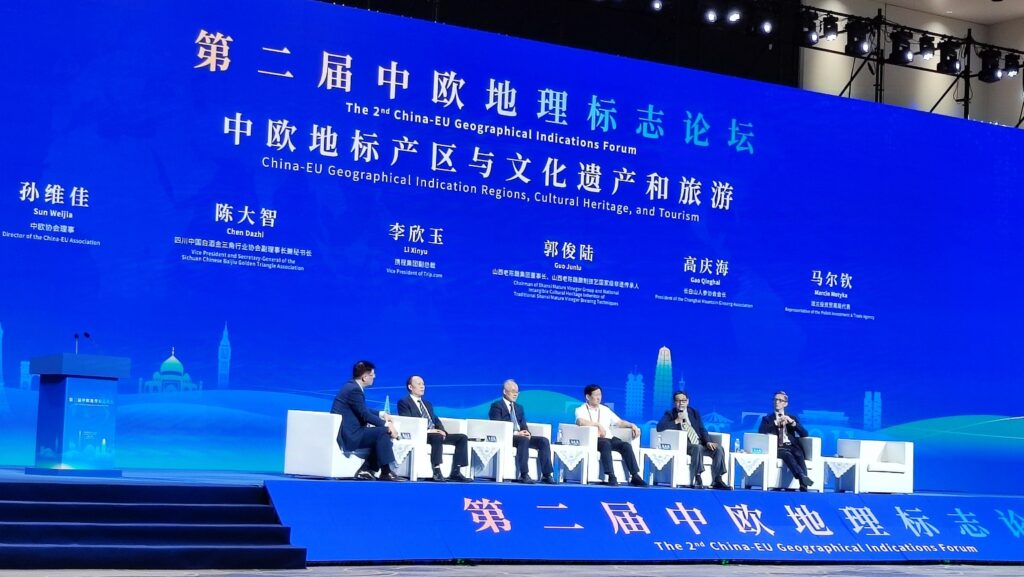
China-EU GI Forum
I talked about this last week at the China-EU Geographical Indications Forum in Zhengzhou, where I moderated a panel and gave a speech, primarily on selling GIs in both marokets.
The current agreement between China and the EU covers 100 geographical indications on each side — including many related to wine, from Soave and St Emilion to Yantai and Helan Mountain — with another 350 in the pipeline.
Given Chinese consumers are taking to Ningxia and other local wine slowly, I looked at prospects for sales in Europe. That included factors such as how quality in Ningxia is influenced by European standards, Ningxia wine export statistics the past five years, and the reality that Europe has plenty of good wine of its own while facing sagging consumer demand, which makes it extremely difficult for Chinese wineries to get anything more than a symbolic foothold.
Anyway, I will post separately about this in an upcoming newsletter but it was Interesting that a few people in Ningxia joked that one possible benefit of the harvest crisis is that — with so much excess wine already in the region — a drop in production would not be the worst outcome.
Grape Wall has no sponsors of advertisers: if you find the content and projects like World Marselan Day worthwhile, please help cover the costs via PayPal, WeChat or Alipay.
Sign up for the free Grape Wall newsletter here. Follow Grape Wall on LinkedIn, Instagram, Facebook and Twitter. And contact Grape Wall via grapewallofchina (at) gmail.com.

Leave a Reply
You must be logged in to post a comment.